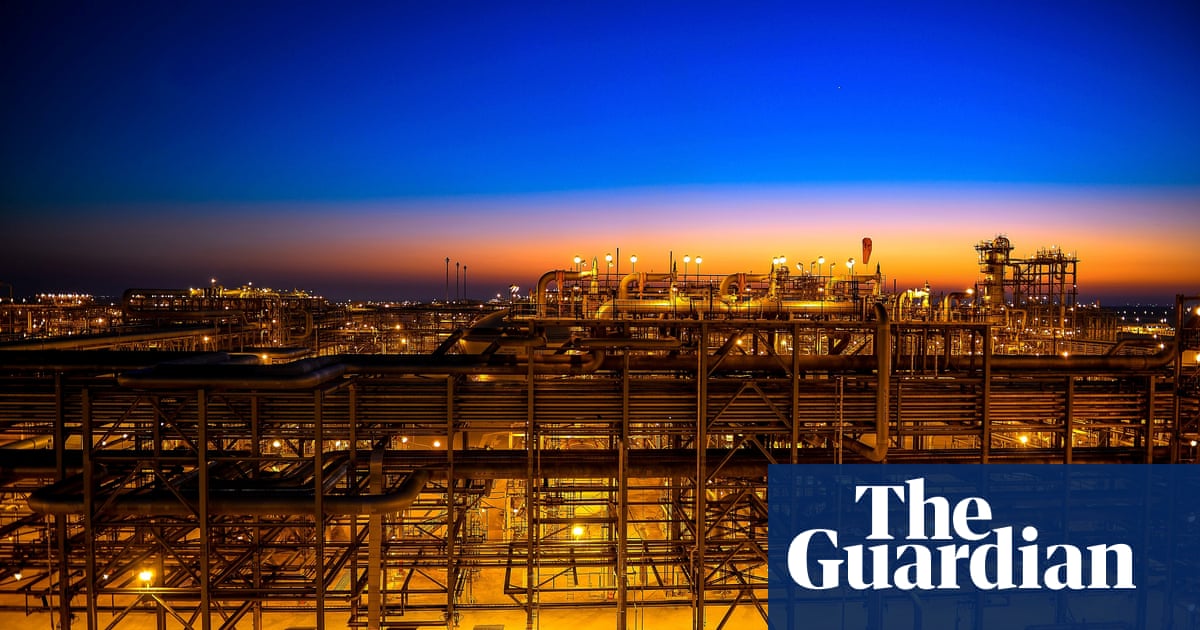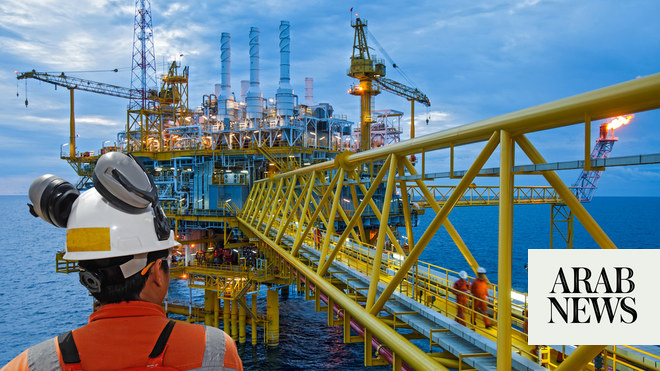
LONDON, Oct 13 (Reuters Breakingviews) - Fatih Birol is cracking skulls again. The boss of the International Energy Agency, which represents global power consumers, caused a stink in May with prescriptions for what the world needs to keep global warming to 1.5 degrees Celsius above pre-industrial levels. The implication of his first progress update, ahead of the COP26 gathering, is that the focus of decarbonisation lobbyists may be too narrow. read more
The IEA’s annual World Energy Outlook contains some good news. At around $350 billion a year, oil and gas investments tally with what’s needed to remain on the glide path to a net-zero world in 2050. That’s thanks to last year’s pandemic shock and, at the margin, the attentions of environmental, social and governance investors worried about supporting polluters. read more
Yet, this is no cause for celebration, the IEA says. The annual investment needed between now and 2030 in new wind and solar to make up the gap with hydrocarbons is well over $3 trillion. The world is only managing $1 trillion. And the IEA’s numbers depend crucially on governments collectively targeting fossil fuel sector demand via no-brainer steps like improving the energy efficiency of buildings. Done properly that helps cut the required volume of energy from over 550 exajoules in 2050 to under 350 exajoules.
Without focusing on demand, all the world will achieve by limiting new supply is sky-high energy prices. A shorter-term version of this supply-demand imbalance is playing out with spiralling gas costs right now. The danger of what Birol warns would be a “turbulent and volatile” period for global energy markets is that politicians spend all their time figuring out how to limit the impact on consumers at the expense of the more critical green transition read more .
November’s climate powwow in Scotland gives politicians an opportunity to make some progress on cutting energy demand and incentivising new renewable energy investment. Without such a push, an entirely laudable effort to get companies and financiers to pivot to wind and solar power could not only go to waste, but prove counterproductive.
Follow @gfhay on Twitter
CONTEXT NEWS
- Progress on clean energy is still far too slow to put global emissions into sustained decline towards net zero, highlighting the need for an “unmistakeable signal of ambition and action” from governments at Glasgow’s COP26 in November, the International Energy Agency said on Oct. 13.
- The IEA’s World Energy Outlook-2021 showed that global deployments of solar and wind were going from strength to strength, but the world’s consumption of coal had grown this year, pushing carbon dioxide emissions towards their second-largest annual increase in history.
- “The world’s hugely encouraging clean energy momentum is running up against the stubborn incumbency of fossil fuels in our energy systems,” said Fatih Birol, the IEA Executive Director. “Governments need to resolve this at COP26 by giving a clear and unmistakeable signal that they are committed to rapidly scaling up the clean and resilient technologies of the future.”
Editing by Rob Cox and Katrina Hamlin
Breakingviews
Reuters Breakingviews is the world"s leading source of agenda-setting financial insight. As the Reuters brand for financial commentary, we dissect the big business and economic stories as they break around the world every day. A global team of about 30 correspondents in New York, London, Hong Kong and other major cities provides expert analysis in real time.
Sign up for a free trial of our full service at https://www.breakingviews.com/trial and follow us on Twitter @Breakingviews and at www.breakingviews.com. All opinions expressed are those of the authors.












